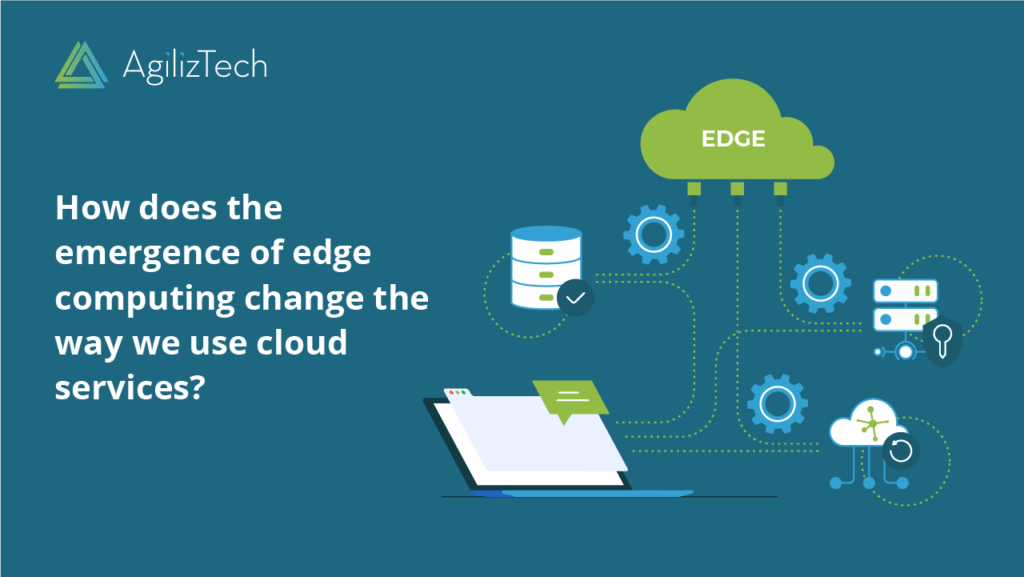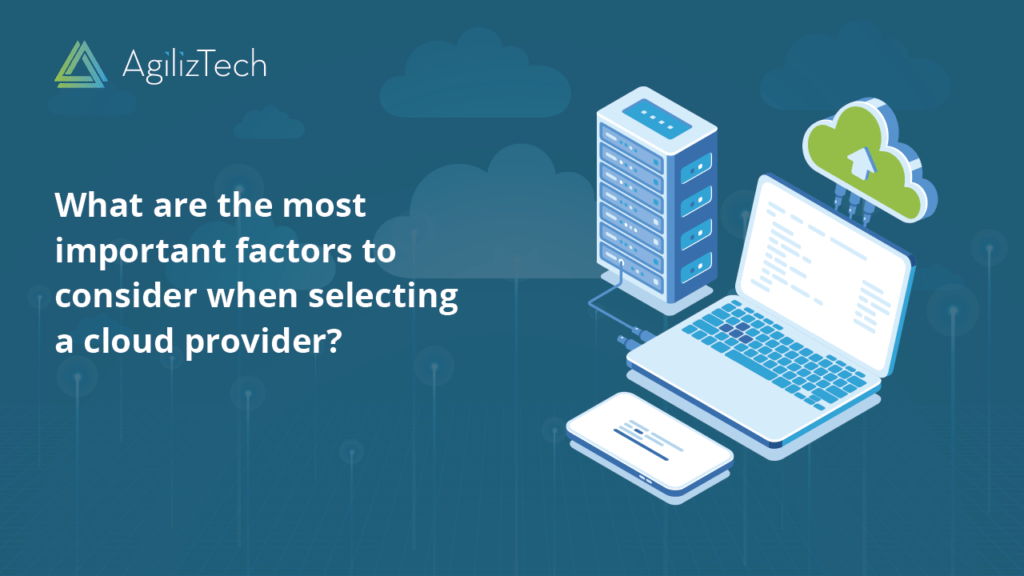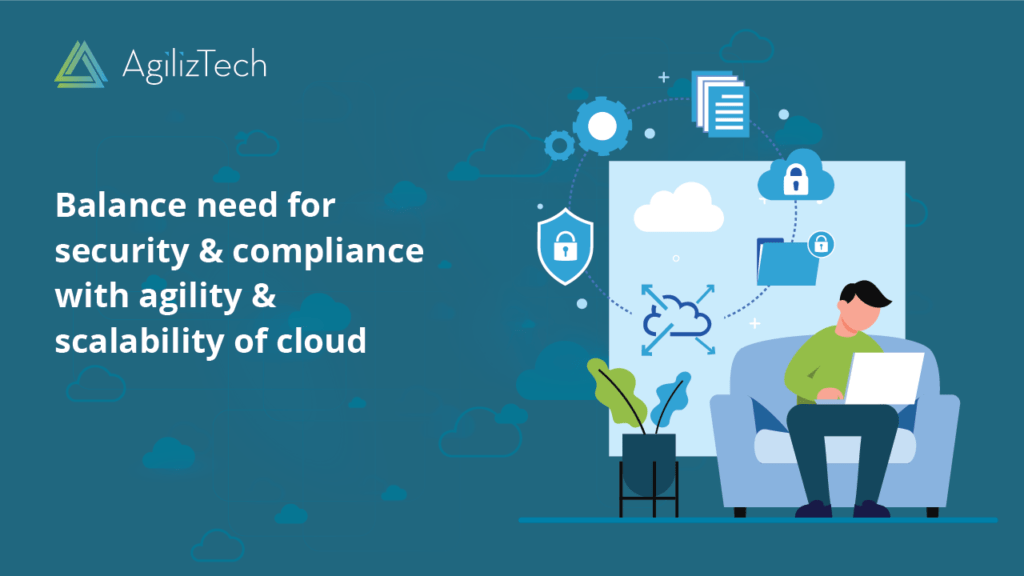In this article, we will look at How does the emergence of edge computing change the way we use cloud services?
Edge computing is a new technology that allows for data processing and storage to occur at the edge of a network, closer to the source of the data. This is in contrast to traditional cloud computing, which relies on centralized data centers. The emergence of edge computing is changing the way we use cloud services by offering a number of new opportunities and challenges.
1. Low Latency:
One of the main benefits of edge computing is the ability to provide low-latency data processing and storage. This is particularly useful for applications that require real-time data processing, such as IoT and autonomous vehicles.
2. Improved Security:
Edge computing also improves security by reducing the amount of data that needs to be transmitted over the internet. This reduces the risk of data breaches and cyber attacks, as well as improving compliance with data privacy regulations.
3. Cost Savings:
Edge computing can also provide cost savings by reducing the need for expensive internet connections and the costs associated with transmitting and storing large amounts of data.
4. Network Complexity:
One of the main challenges of edge computing is the increased network complexity that it introduces. Organizations must be able to effectively manage and integrate edge devices and data centers to ensure that their edge computing strategy is successful.
5. Data Management:
Managing and analyzing data from multiple edge devices can also be challenging. Organizations must be able to effectively collect, store and analyze data from multiple sources in order to get meaningful insights.
6. Scalability:
Scaling edge computing infrastructure is also a challenge, as organizations need to ensure that their edge infrastructure can handle the growing amount of data and traffic.
In conclusion, Edge computing is changing the way we use cloud services by offering new opportunities such as low latency, improved security, and cost savings, but also come with their own set of challenges such as network complexity, data management, and scalability. Organizations must carefully consider the challenges and opportunities of edge computing and develop a clear plan to manage and integrate edge devices and data centers to ensure that their edge computing strategy is successful.


